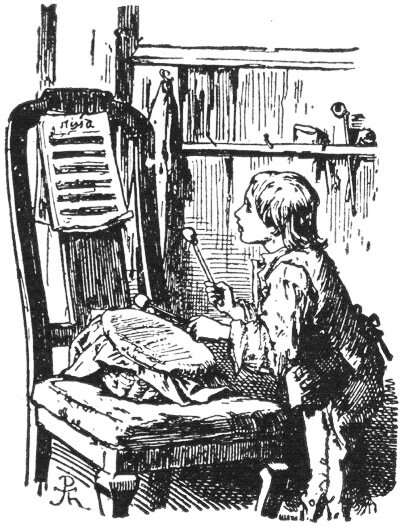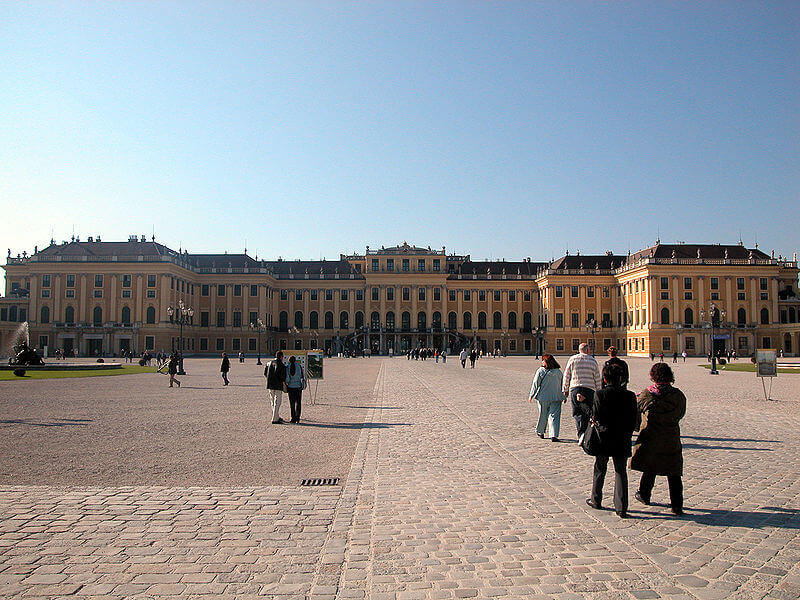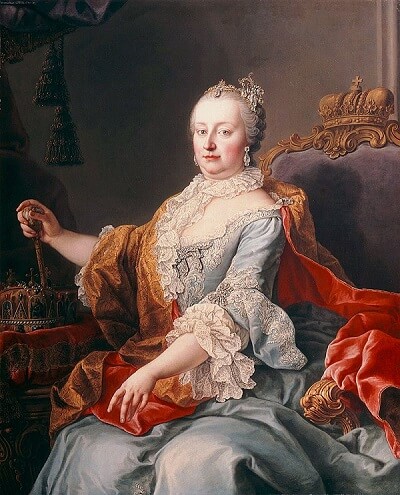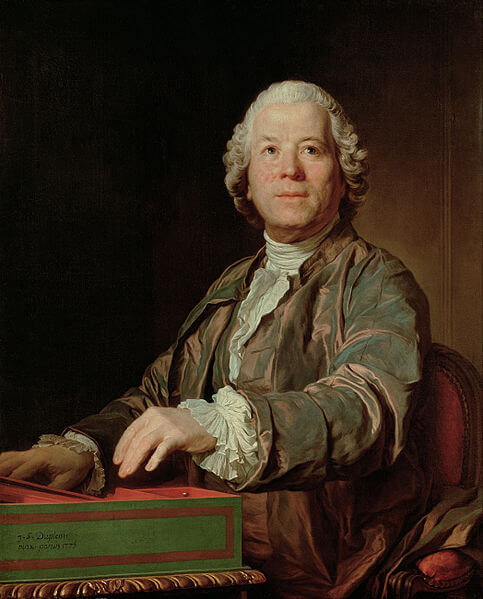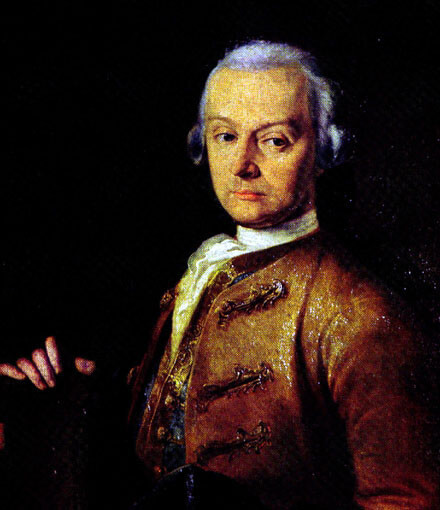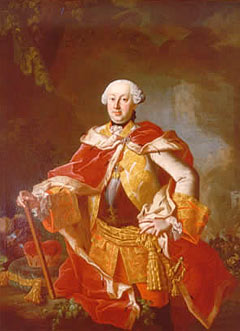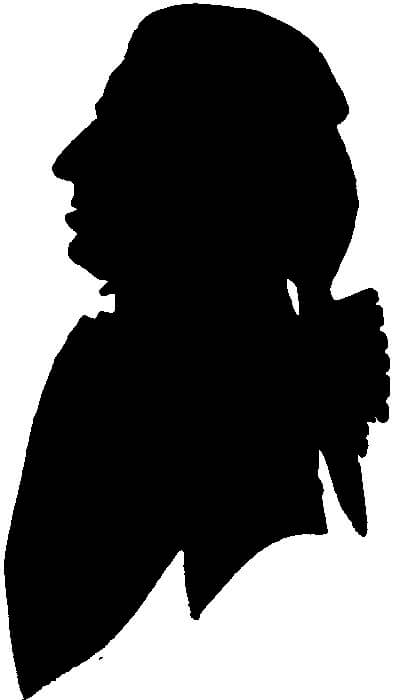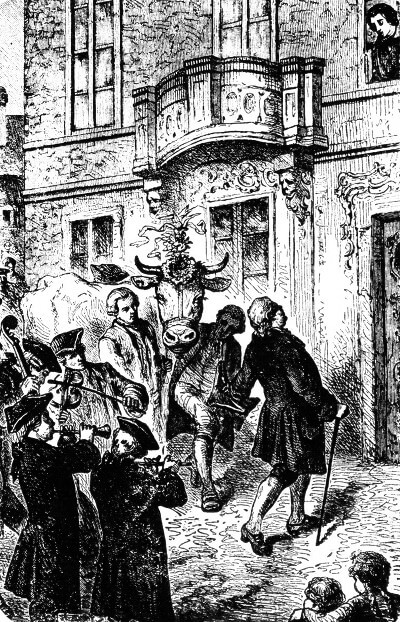Activity 1: Recite the Composition Information
- Recite the name of the composer and the composition.
Activity 2: Study the Music Timeline
Examine the music timeline to answer the following questions.
- What is the year of birth of the lesson composer?
- What is the year of death of the featured composer?
- How old was the composer upon death?
- Which composer (if any) directly precedes the studied composer by date of birth?
- Which composer (if any) directly succeeds the lesson composer by date of birth?
- Which other timeline composers were alive at the same time as the studied composer?
Activity 3: Map the Music
- Franz Joseph Haydn was born in Austria.
- Find Austria on the map of the world.
Activity 4: Write a One-Page Paper About Franz Joseph Haydn
Read these facts about Franz Joseph Haydn and write a one-page story out of them, using your own words.
- He was born at Rohrau, in Hungary, March 31, 1732.
- He was a few weeks younger than George Washington.
- As a little boy he loved to hear his father and mother sing.
- While they sang, he played on a 'make-believe' violin, of two sticks.
- He left home at the age of six and never lived there again.
- First he became a choir-boy at Hainburg.
- When he was eight years old, he entered St. Stephen's in Vienna as a chorister.
- After he left St. Stephen's he worked hard for many years. Many people whom he met in this time helped him.
- Among his friends of this period were: Metastasio, Porpora, Gluck, Mozart and his father, and Beethoven.
- For a time he was Beethoven's teacher.
- He spent a great part of his life in the Esterhazy family.
- Here he was Vice-Capellmeister and composer to the Prince.
- He was a short, stout man, with kindly gray eyes, and very dark hair.
- He went twice to England to conduct his symphonies.
- Haydn was called the father of the Symphony and of the String Quartette.
- He composed a song which will always be famous. It is called The Emperor's Song.
- He died in 1809, seventy-seven years of age.
 12 Tremendous Composers
12 Composers
12 Tremendous Composers
12 Composers

 12 Tremendous Composers
12 Composers
12 Tremendous Composers
12 Composers

